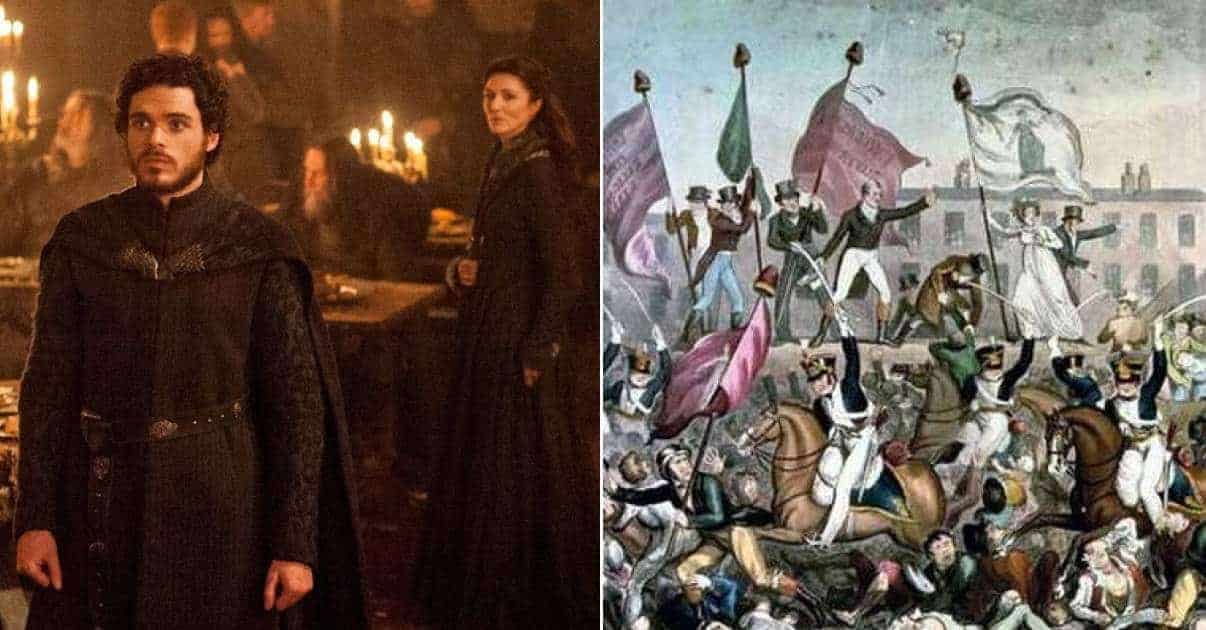Game of Thrones (GoT) is a show renowned for brutal depictions of violence and moments of high political intrigue. Brutal violence and political intrigue combined tends to result in an above average number of on-screen massacres: it’s estimated that there are an average of 14 deaths per episode, taken across the whole series. One GoT super-fan has put together a compilation that lasts a whole 21 minutes and includes, so they claim, over 150,000 deaths in total.
The nation presumed to resemble the Game of Thrones world the most is the United Kingdom and commensurately, so are the majority of the ensemble cast. The UK is relatively peaceful now, but as long as there have been British people there have been massacres that would put anything in Game of Thrones to shame for their ferocity and lust for blood. They have been a feature of life from the Roman invasions in the first century after Christ to the medieval period, on through the English Civil War, the Highland Clearances and the conquest of Ireland and into the first class struggle battles in the industrial world and the more recent civil conflicts in the north of Ireland.
The metrics by which a battle becomes a massacre or a riot is elevated into a bloodbath are somewhat hazy, but it helps to set them out. The incidents that we feature are notable because of their political aims – ethnic cleansing, social control or symbolic public punishments – or because of their wanton violence, in which one side loses the run of themselves and goes well beyond perhaps what their initial intention had been.
Bloodshed and British history go hand in hand and the spectre of brutality is never far away when one considers the grand scope of history on the islands: let us discuss the twelve British massacres that have left their bloody mark on British history.

